Total Participation Techniques
Explore Total Participation Techniques to boost classroom engagement, foster critical thinking, and ensure every student actively contributes.
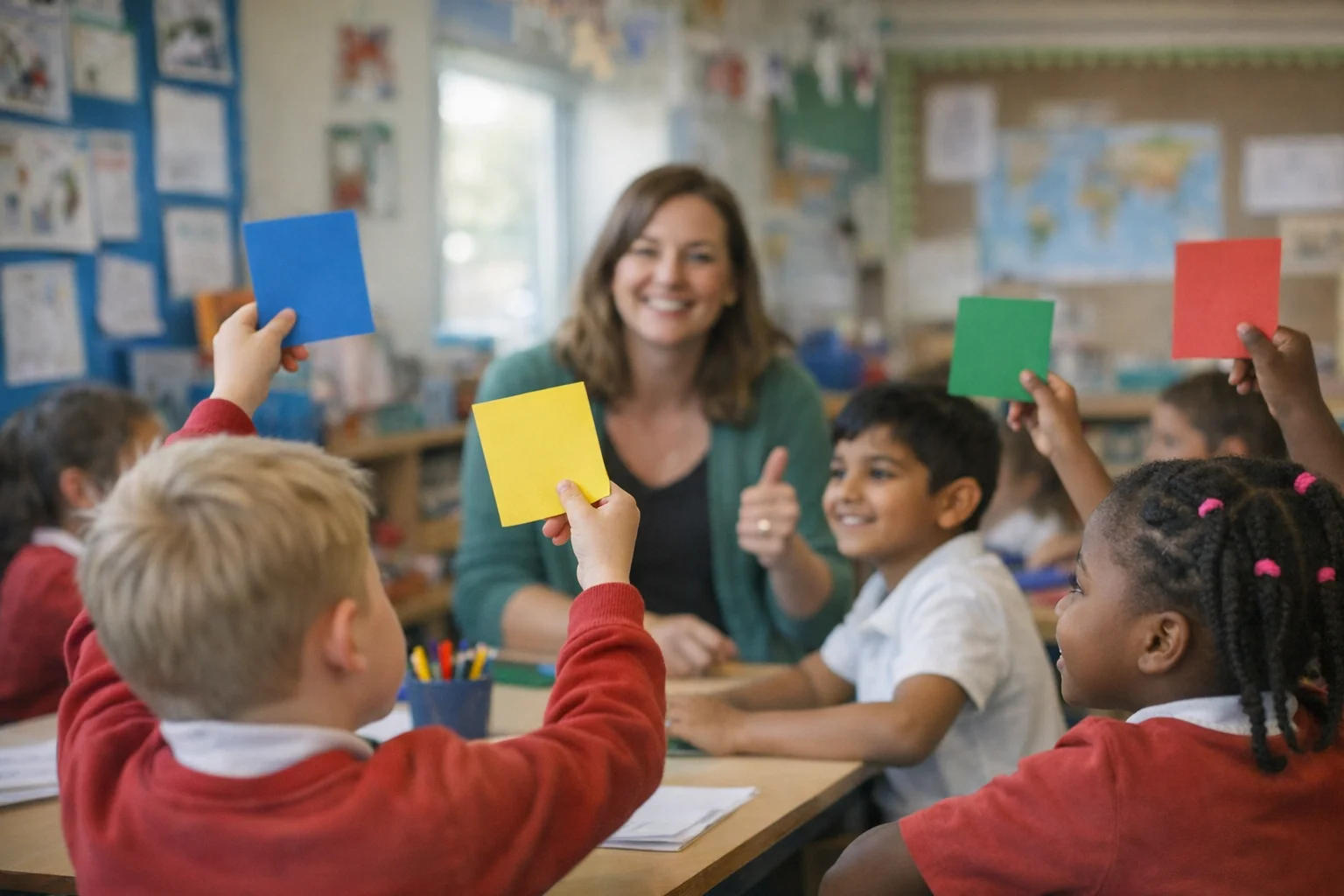

Explore Total Participation Techniques to boost classroom engagement, foster critical thinking, and ensure every student actively contributes.
Total Participation Techniques (TPT) are teaching strategies that get every student involved in active learning at the same time. Pérsida Himmele and William Himmele developed these techniques at Millersville University. Their goal was to create classrooms where all students engage deeply with what they learn.
TPT moves beyond traditional teaching where only a few students answer questions through dialogic teaching. Instead, every student shows their understanding through meaningful activities. This promotes fairness and boosts engagement through scaffolding techniques across the class.
Engaged students are more likely to absorb information, think critically, and remember what they learn. When teachers use TPT, students show higher levels of interest and motivation. This leads to improved pupil progress in diverse classrooms.
Total Participation Techniques grew from a need for more inclusive classroom discussions, building on principles of dialogic teaching and inclusive pedagogy. In the past, teachers often relied on traditional lecture methods rather than dialogic teaching approaches. This meant lectured while students sat and listened. This left many students behind, especially those learning English or with different learning needs.

School leaders began pushing for approaches that would ensure active participation from all students. This shift started in the late 20th century when education experts stressed the importance of equity in the classroom.
Research in psychology and education showed the benefits of engaging students in meaningful tasks. Teachers and education leaders worked together to design strategies that would involve every student. Today, TPT is an essential part of modern teaching.
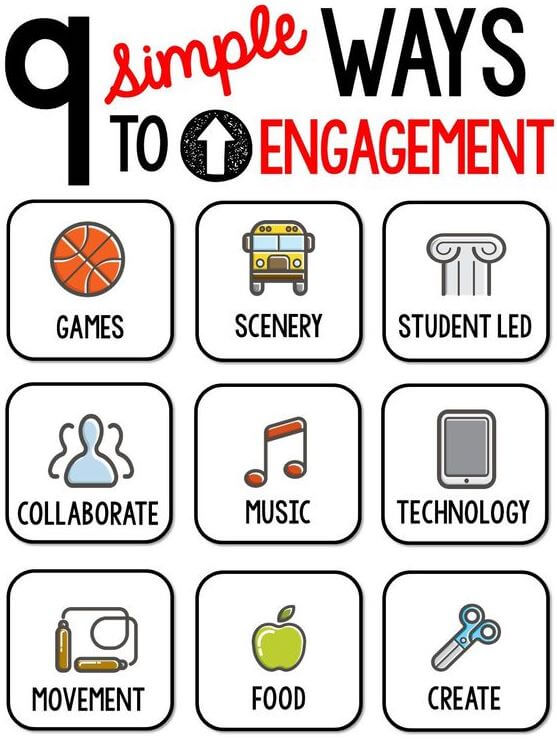
Pérsida Himmele and William Himmele are leading figures in education. Both have worked as teachers and school leaders, bringing real classroom experience to their work. They hold positions at Millersville University, where they train future teachers.
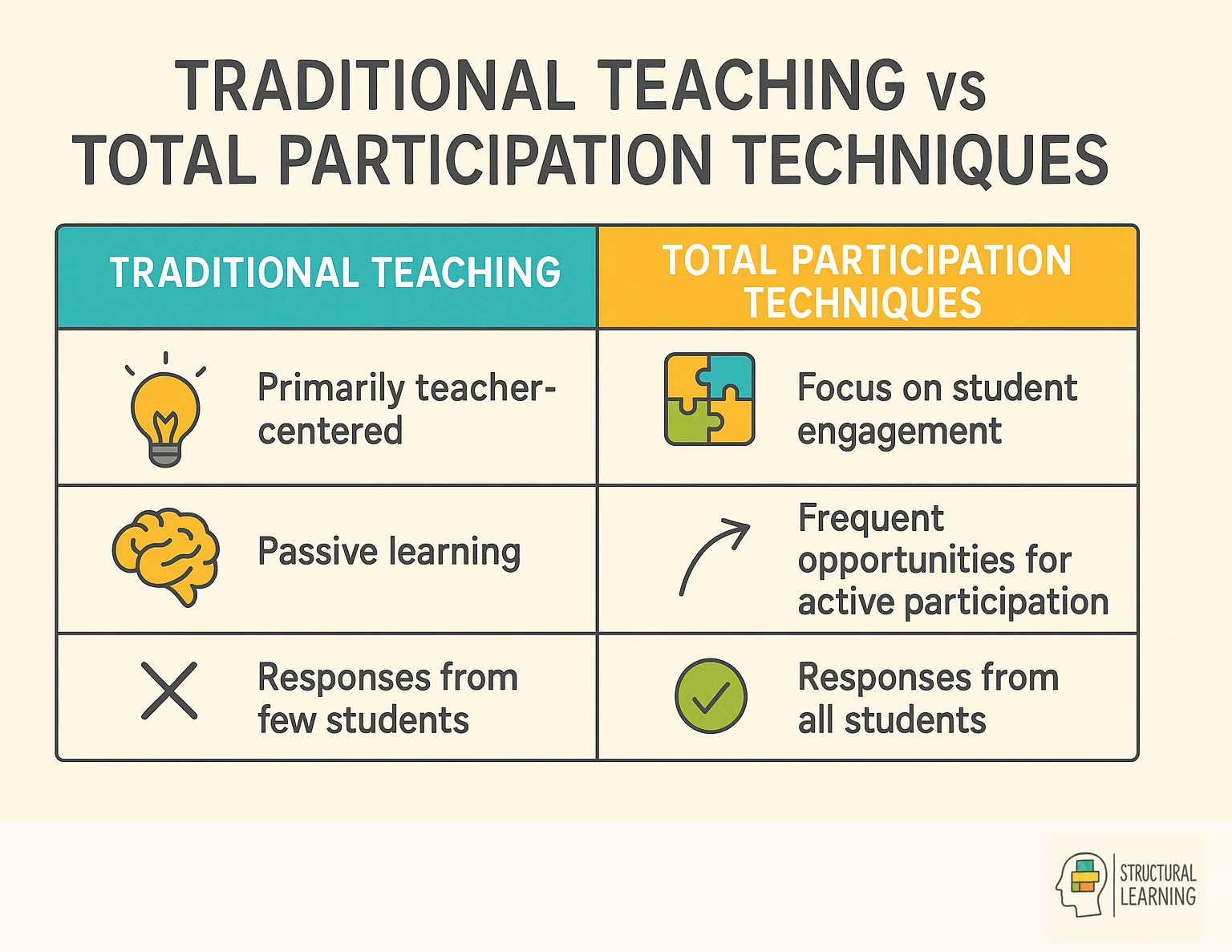
Their work has shaped how educators think about student engagement. They believe in active learning where every student takes part. These ideas now influence teaching methods around the world.

TPT offers many advantages that go beyond grades. These benefits include building a supportive classroom, improving , and helping students understand lessons more deeply.

Here are nine commonly used TPT strategies that teachers can use to engage every student:
These techniques transform lessons into active, engaging experiences where every student takes part.
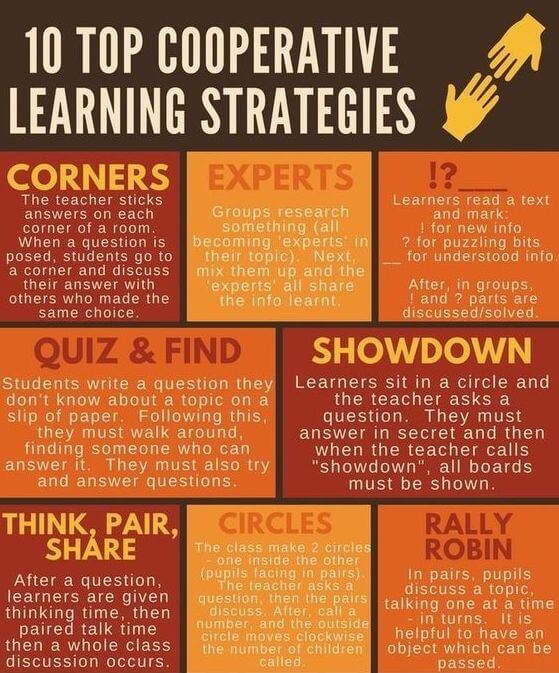
Using helps students think more deeply. These questions push students beyond simple answers. They must analyse, evaluate, and create.
This approach turns lessons into rich discussions. Students explore ideas from different angles and apply what they learn to new problems.
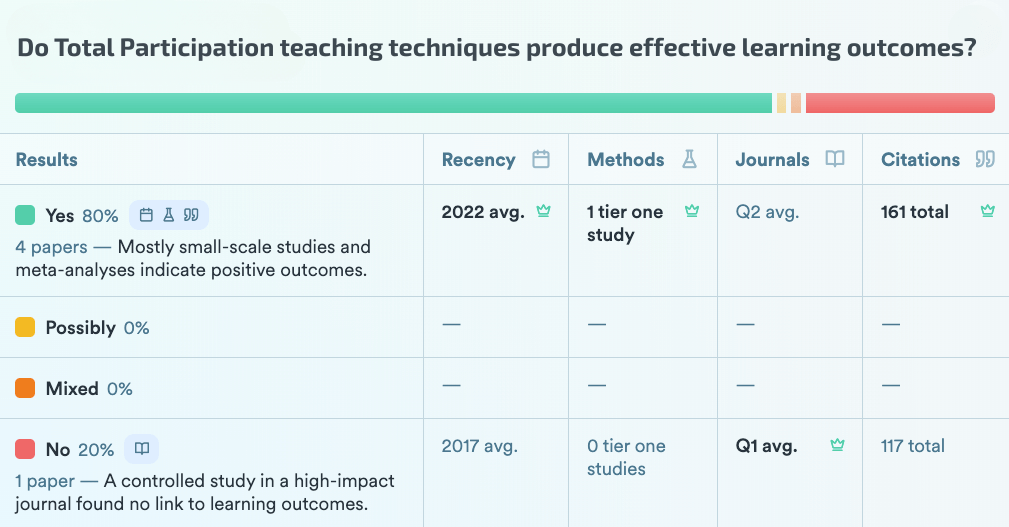
Total Participation Techniques work well for students learning English. Visual learning, hands-on activities, and group discussions help make lessons accessible to all.
also helps. When teachers value students' backgrounds, students feel included and learn better. TPT strategies can be adjusted to support language development alongside content learning.

Several digital tools can help teachers use TPT in the classroom. These tools make it easy to get instant feedback and keep every student engaged:
These tools cater to different learning styles and ensure that every student can engage with the content.
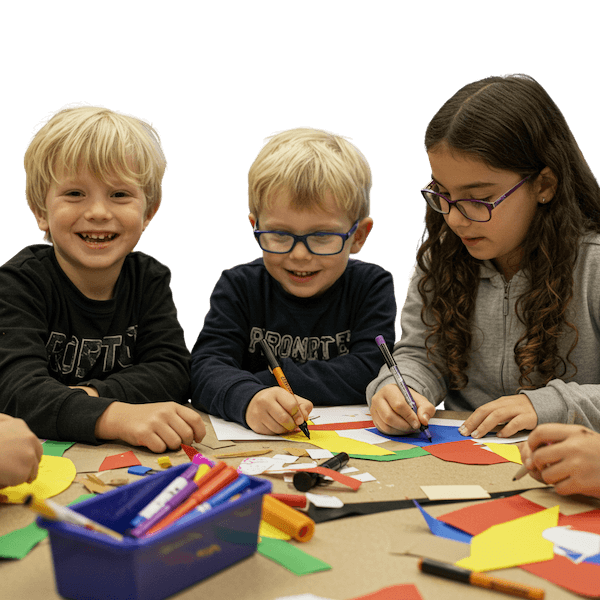
These studies show how participation techniques improve student engagement and results:
1. Mager & Nowak (2012): Student Participation in Decision Making
This review found that student participation improves life skills, self-esteem, and relationships with adults.
2. Ing et al. (2015): Student Participation in Mathematics
This study linked teacher practices, student participation, and achievement. The best results came when teachers encouraged active participation.
3. Webb et al. (2014): Engaging with Others' Ideas
Research showed positive links between students engaging with each other's ideas and their learning outcomes.
4. Pratton & Hales (1986): Active Participation and Learning
This study found that active student participation had a positive effect on achievement in maths.
5. Hamilton et al. (2000): Classroom Participation Rates
This research explored how different rates of participation affect peer relationships and achievement.
Total Participation Techniques (TPT) are teaching strategies that get every student involved in active learning at the same time. Pérsida Himmele and William Himmele developed these techniques at Millersville University. Their goal was to create classrooms where all students engage deeply with what they learn.
TPT moves beyond traditional teaching where only a few students answer questions through dialogic teaching. Instead, every student shows their understanding through meaningful activities. This promotes fairness and boosts engagement through scaffolding techniques across the class.
Engaged students are more likely to absorb information, think critically, and remember what they learn. When teachers use TPT, students show higher levels of interest and motivation. This leads to improved pupil progress in diverse classrooms.
Total Participation Techniques grew from a need for more inclusive classroom discussions, building on principles of dialogic teaching and inclusive pedagogy. In the past, teachers often relied on traditional lecture methods rather than dialogic teaching approaches. This meant lectured while students sat and listened. This left many students behind, especially those learning English or with different learning needs.

School leaders began pushing for approaches that would ensure active participation from all students. This shift started in the late 20th century when education experts stressed the importance of equity in the classroom.
Research in psychology and education showed the benefits of engaging students in meaningful tasks. Teachers and education leaders worked together to design strategies that would involve every student. Today, TPT is an essential part of modern teaching.

Pérsida Himmele and William Himmele are leading figures in education. Both have worked as teachers and school leaders, bringing real classroom experience to their work. They hold positions at Millersville University, where they train future teachers.

Their work has shaped how educators think about student engagement. They believe in active learning where every student takes part. These ideas now influence teaching methods around the world.

TPT offers many advantages that go beyond grades. These benefits include building a supportive classroom, improving , and helping students understand lessons more deeply.

Here are nine commonly used TPT strategies that teachers can use to engage every student:
These techniques transform lessons into active, engaging experiences where every student takes part.

Using helps students think more deeply. These questions push students beyond simple answers. They must analyse, evaluate, and create.
This approach turns lessons into rich discussions. Students explore ideas from different angles and apply what they learn to new problems.

Total Participation Techniques work well for students learning English. Visual learning, hands-on activities, and group discussions help make lessons accessible to all.
also helps. When teachers value students' backgrounds, students feel included and learn better. TPT strategies can be adjusted to support language development alongside content learning.

Several digital tools can help teachers use TPT in the classroom. These tools make it easy to get instant feedback and keep every student engaged:
These tools cater to different learning styles and ensure that every student can engage with the content.

These studies show how participation techniques improve student engagement and results:
1. Mager & Nowak (2012): Student Participation in Decision Making
This review found that student participation improves life skills, self-esteem, and relationships with adults.
2. Ing et al. (2015): Student Participation in Mathematics
This study linked teacher practices, student participation, and achievement. The best results came when teachers encouraged active participation.
3. Webb et al. (2014): Engaging with Others' Ideas
Research showed positive links between students engaging with each other's ideas and their learning outcomes.
4. Pratton & Hales (1986): Active Participation and Learning
This study found that active student participation had a positive effect on achievement in maths.
5. Hamilton et al. (2000): Classroom Participation Rates
This research explored how different rates of participation affect peer relationships and achievement.